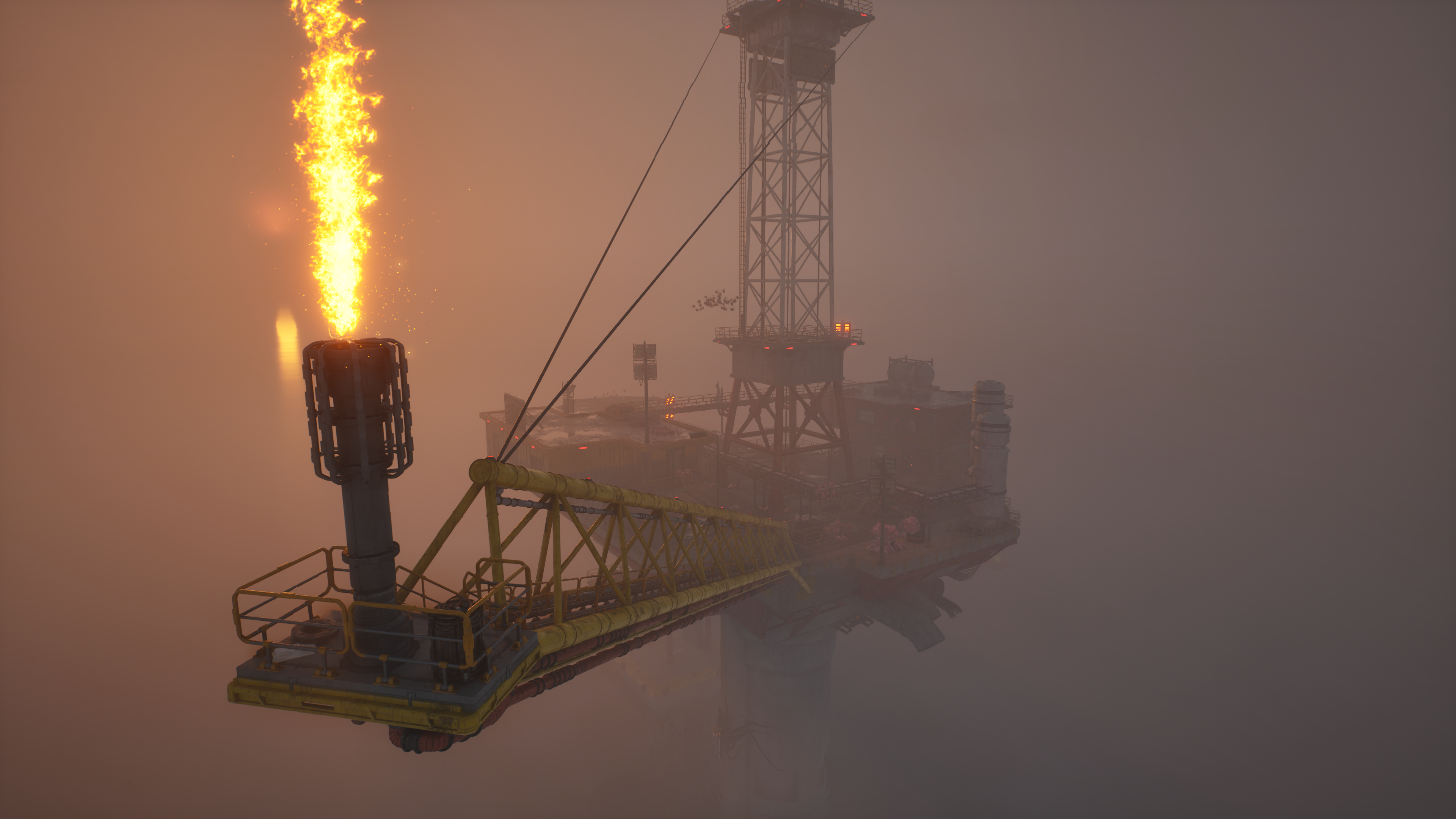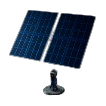
Power System Best Practices
Design efficient, reliable power grids for your boat. Master generator efficiency, renewable energy integration, and battery sizing for 24/7 operation.
Power Grid Design Fundamentals
Calculate Your Base Load
Before building any power infrastructure, audit all your equipment power consumption. Add up watts for lights, workbenches, storage systems, and essential equipment. This is your "base load" - the minimum power you need 24/7.
Example Base Load Calculation:
Plan for Peak Demand
Your actual power consumption spikes during crafting, repairs, and combat. Design your grid for 150-200% of base load to handle peaks without brownouts.
Peak Load Formula:
For 115W base: Target 175-230W generation capacity
⚡ Pro Tip: Add 25% more if you run heavy machinery or combat equipment
Power Source Strategies
Fuel Generators
Generators provide consistent, controllable power but consume fuel. Best for base load power and emergency backup. Higher tier generators offer better W/L (watts per liter) efficiency.
Generator Best Practices:
Size appropriately: Match generator output to base load. Oversized generators waste fuel.
Fuel buffer: Keep 2-3 full tanks worth of fuel in storage for extended night operation.
Efficiency upgrade path: Upgrade to higher-tier generators for better W/L ratios as you progress.
Redundancy: Run 2 smaller generators instead of 1 large one for fault tolerance.
Solar Panels
Zero fuel cost but only active during daytime. Highly scalable - add more panels for higher output. Must be paired with batteries for 24/7 coverage.
Solar Panel Best Practices:
Oversize for batteries: Solar output should be 2x base load to charge batteries during day.
Placement matters: Ensure unobstructed sky view. Shadows reduce efficiency dramatically.
Scale horizontally: Multiple T3 panels often beat one T6 panel for total cost efficiency.
Day length planning: Account for shorter days in some areas. Need more panels in dark regions.
Wind Turbines
Renewable power that works day and night, but highly location-dependent. Check local wind strength before investing. Best in coastal and elevated areas.
Wind Turbine Best Practices:
Scout wind zones: Test wind strength with a T1 turbine before building high-tier arrays.
Height advantage: Elevated placements often have stronger, more consistent winds.
Complement solar: Wind often peaks when solar drops (evening/night), perfect hybrid setup.
Variable output: Wind isn't constant. Always pair with batteries or backup generators.
Battery Storage
Essential for renewable energy setups. Store excess daytime generation for nighttime use. Size your battery bank for 8-12 hours of base load coverage.
Battery Sizing Formula:
Required Capacity (Wh) = Base Load (W) × Night Hours × 1.2
Example: 115W base × 10 hours × 1.2 = 1,380Wh minimum capacity
20% safety margin: The 1.2 multiplier accounts for battery degradation and inefficiency.
Multiple smaller batteries: Easier to upgrade incrementally than one giant battery.
Charge rate matters: Ensure solar output can fully recharge batteries during daytime.
Recommended Hybrid Grid Designs
Budget Starter Grid
1x T1-T2 Generator
Base load coverage, fuel-based reliability
2-3x T1 Solar Panels
Daytime supplement, reduce fuel usage
1x T2 Battery (500-800Wh)
Small buffer for evening hours
Total Investment:
Low-Medium materials, scales well
Renewable Focused Grid
4-6x T3-T4 Solar Panels
Primary daytime generation, battery charging
2-3x T3 Wind Turbines
24/7 supplement if in good wind zone
2-3x T4-T5 Batteries (2000-3000Wh total)
Full night coverage with margin
1x T3 Generator (backup)
Emergency failover during storms/cloudy days
Operating Cost:
Near-zero fuel consumption
High-Efficiency Grid
6-8x T5-T6 Solar Panels
Maximum daytime generation
4-5x T5 Wind Turbines
Consistent 24/7 renewable supplement
4-6x T6-T7 Batteries (5000-8000Wh total)
Multi-day reserves, peak load handling
1x T5+ Generator (standby)
High-efficiency backup for extended bad weather
Capability:
Supports heavy industry, combat systems, full base
Combat/Mobile Grid
2-3x T4-T5 Generators
Redundant, reliable power for weapon systems
3-4x T5 Batteries (3000-4000Wh total)
Burst capacity for weapons, shields
2-3x T3 Solar Panels (optional)
Reduce fuel usage during downtime
Focus:
Reliability over efficiency, high burst capacity
Common Power Grid Mistakes to Avoid
Undersized Battery Banks
The #1 mistake in renewable setups. If batteries can't hold a full night's worth of power, your base will go dark at 3am. Always size for 10-12 hours minimum.
Ignoring Fuel Logistics
Generators are great until you run out of fuel in the middle of a storm. Always maintain a 2-3 day fuel reserve and know your nearest refuel source.
No Redundancy
A single point of failure will kill your base. Run 2 smaller generators instead of 1 large. Have backup batteries. Mix solar and wind for weather resilience.
Mixing Tiers Inefficiently
Don't keep T1 equipment when you have T5. Low-tier modules waste space and capacity. Upgrade systematically and recycle old equipment.
Overbuilding Too Early
A T6 solar array sounds great, but if you're only at 100W base load, it's wasted materials. Build incrementally and upgrade as your power needs grow.
Poor Cable Management
Long cable runs have resistance losses. Keep power generation close to high-consumption equipment. Use separate grids for isolated outposts.
Power Source Quick Reference
| Type | Reliability | Operating Cost | Scalability | Best Use Case |
|---|---|---|---|---|
Generators | Excellent | High (Fuel) | Good | Base load, emergency backup, combat |
Solar Panels | Daytime Only | Zero | Excellent | Renewable grids, battery charging |
Wind Turbines | Variable | Zero | Good | Coastal/high areas, 24/7 renewable |
Batteries | Excellent | Zero | Excellent | Night coverage, peak demand buffering |





